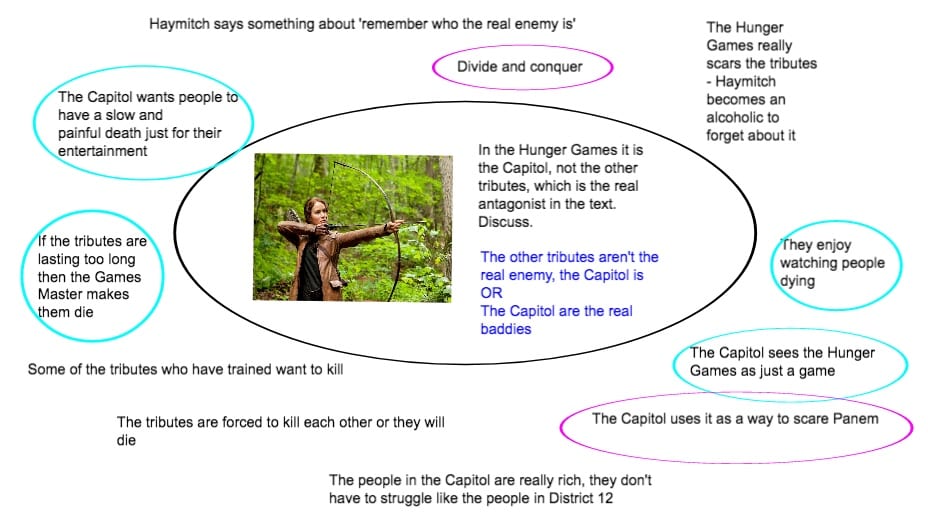Now we have a contention, how do we prove it? We need to break it down into smaller arguments that, if proved, will mean that our overall argument is looking good.
We can call our overall argument the contention/thesis statement/main argument, and the smaller arguments sub-contentions/topic sentences/paragraph arguments.
Most of us are actually naturally pretty good at breaking down our arguments and persuading other people to believe us. For example, imagine trying to get your parents to let you do something, like go to a party. Just repeating your contention at your parents over and over (whining and nagging) isn’t going to help – what you need is some good supporting arguments.
Contention: You should let me go to the party
Sub-contention 1: You know how boring things have been in lockdown, it will be good for my mental health.
Sub-contention 2: My friends’ parents will be there, you can call them if you want to.
Sub-contention 3: I’ll be home by 11pm and I have time to sleep in on Saturday.
Added up, these arguments are pretty compelling.

Ok, so now let’s see how we can use our natural skills in an essay.
The simplest way to do things in a high school essay is to put a sub-contention at the start of each of your body paragraphs. This definitely isn’t a rule, and many great writers do it differently, but it always works and is a good place to start as you’re learning to write essays.
Let’s go back to the essay topic we’ve been working on.

At the end of our post on brainstorming we had some ideas about our essay topic, and we’d used colours to connect ones we thought might work together. Basically what we’re looking for are three solid ideas that are each about the right size for a paragraph – so not ‘The Capitol is a futuristic representation of a facist dictatorship and shows the capacity for evil present in all political systems’ (too big) or ‘Rue is nice’ (too small).
In this case it looks like we have:
Sub-contention 1: The Capitol uses divide and conquer tactics
Sub-contention 2: They’re suuuper mean
Sub-contention 3: The tributes can’t help it, and they’re really messed up by it
When you’re first figuring things out it’s good to keep your language nice and relaxed – it makes it easier for you to think clearly. Then we can turn it into proper essay-speak:
Sub-contention 1: The Capitol designed the Hunger Games as a way to divide and therefore control the Districts.
Sub-contention 2: The Capitol is very cruel to the citizens of Panem and the tributes – cruelty is embedded in every aspect of their system.
Sub-contention 3: The Capitol forces people to compete in the Hunger Games even though they know that it has terrible mental effects on the tributes.
As I was writing these I was looking at the essay topic and making sure that the sub-contentions were answering it. Here’s a way to check that – would it make sense if I added ‘…..and that is why the Capitol and not the tributes are the real bad guys in the Hunger Games’ to each of these sub-contentions?
Our sub-contentions are looking good! Now we can bring them together to form the overall contention.
Contention: Despite the text centering around the battles in the arena of the Hunger Games, it is the politically repressive Capitol who is the true antagonist of the text. The Capitol controls the citizens of Panem, and treats them with extreme cruelty. The tributes have few choices, and are deeply affected by the Hunger Games.
We’re not done yet! We need to work out what will go in our paragraphs, so stay tuned for the next post.




